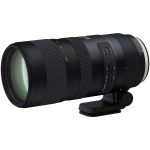Canon EF 70-200mm F/2.8L IS III USM
Telephoto zoom lens • Digital era
- Announced:
- · June 2018
- Production status:
- ● In production
- Country of design:
- · Japan
- Original name:
- · CANON ZOOM LENS EF 70-200mm 1:2.8 L IS III USM
- Class:
- · Fast full-frame telephoto zoom lens
- · Professional model (Top class)
- · Part of the Holy Trinity of lenses
- System:
- · Canon EOS (1987)
Abbreviations
| EF | The lens is designed for Canon EOS 35mm SLR cameras but can be also used on Canon EOS APS-C digital SLR cameras. |
| L | Professional lens with high quality optics and robust build. Meets the highest standards and provides excellent performance and flawless image quality unachievable with traditional optical technologies. |
| IS | The lens is equipped with Image Stabilizer. |
| III | Third generation. |
| USM | The lens is equipped with Ultrasonic Motor. |
Model history (5)
| ■Canon EF 80-200mm F/2.8L | A | 16 - 13 | 1.80m | ⌀72 | 1989 ● | |
| ■Canon EF 70-200mm F/2.8L USM | A | 18 - 15 | 1.50m | ⌀77 | 1995 ● | |
| ■Canon EF 70-200mm F/2.8L IS USM | A | 23 - 18 | 1.40m | ⌀77 | 2001 ● | |
| ■Canon EF 70-200mm F/2.8L IS II USM | A | 23 - 19 | 1.20m | ⌀77 | 2010 ● | |
| ■Canon EF 70-200mm F/2.8L IS III USM | A | 23 - 19 | 1.20m | ⌀77 | 2018 ● | |
Specification
| Optical design: | |
| 35mm full frame | |
| 70mm - 200mm [2.9X zoom ratio] | |
| F/2.8 across the focal length range | |
| 23 elements in 19 groups | |
| 1 FL, 5 UD | |
| Internal focusing (IF) | |
| Canon EF [44mm] | |
| 34.3° @ 70mm - 12.3° @ 200mm (35mm full frame) | |
| On Canon EOS APS-C [1.59x] cameras: | |
35mm equivalent focal length range: | 111.3mm - 318mm (in terms of field of view) |
35mm equivalent speed range: | F/4.5 (in terms of depth of field) |
Diagonal angle of view: | 22° @ 70mm - 7.8° @ 200mm |
| Diaphragm mechanism: | |
Diaphragm type: | Automatic |
Aperture control: | None; the aperture is controlled from the camera |
| 8 (eight) | |
| Zooming: | |
Zoom mechanism: | Manual |
Zoom control: | Zoom ring |
Zoom type: | Rotary |
Zooming method: | Internal zooming |
| Focusing: | |
| 1.20m | |
| 1:4.76 @ 200mm | |
Focusing modes: | Autofocus (AF), Manual focus (MF) |
Autofocus motor: | Ring-type Ultrasonic Motor |
Manual focus control: | Focusing ring |
Focus mode selector: | AF - MF |
Full-Time Manual Focus (FTM): | Yes |
Focusing distance range limiter: | 1.2m - INF / 2.5m - INF |
| Image Stabilizer (IS): | |
| Yes | |
IS features: | Mode 1 |
| Mode 2 | |
| Tripod Detection | |
| up to 3.5 stops @ 200mm | |
| Physical characteristics: | |
| 1440g | |
| ⌀88.8×199mm | |
| Dust-proof and water-resistant barrel | |
| Yes | |
| Accessories: | |
| Screw-type 77mm | |
| ET-87 - Bayonet-type petal-shaped | |
| Canon Extender EF 1.4X III → 98-280mm F/3.9 | |
| Canon Extender EF 2X III → 140-400mm F/5.6 |
Source of data
- Manufacturer's technical data.
Manufacturer description
A professional standard refined. The EF 70-200mm f/2.8L IS III USM delivers outstanding performance and optics to help you reach new heights in high-level creative imaging. The lens's constant f/2.8 maximum aperture enables fast shutter speeds and beautiful background blur across its zoom range. To further enhance clarity, it adds Canon's Air Sphere Coating (ASC), which combines with updated Super Spectra Coatings to significantly reduce lens flare and ghosting. A superlative lens remastered for improved performance even in diverse light, the EF 70-200mm f/2.8L IS III USM is a worthy partner to help create your upcoming masterpiece.
The EF 70–200mm f/2.8L IS III USM lens features an incredibly bright zoom with an f/2.8 maximum aperture that stays constant throughout the zoom range. The EF 70–200mm f/2.8L IS III USM's bright image even enhances AF performance, sending more light to more areas of the AF sensor to help facilitate a faster, more accurate focus. Combined with its 8-blade circular aperture, the EF 70–200mm f/2.8L IS III USM lens is engineered to capture dramatic images with gorgeous background blur.
The addition of Canon's Air Sphere Coating (ASC) enhances the EF 70–200mm f/2.8L IS III USM lens's ability to suppress reflections. ASC helps combat aberrations regardless of focal length or the angle of light. This helps provide cleaner photographs with fewer distracting reflective effects in the image.
For consistently sharp results, the EF 70–200mm f/2.8L IS III USM lens features an Optical Image Stabilizer system that provides shake reduction for up to 3.5 shutter speed stops*. This helps provide reliable handheld performance and clear image detail in low-light situations or at lower ISOs.
To help maintain a clean lens, even after multiple lens changes in sub-optimal conditions, the EF 70–200mm f/2.8L IS III USM lens has a specially designed fluorine coating on its front and rear surfaces. This fluorine coating helps prevent dust, water, oil and other surface residue like fingerprints from sticking to the lens, which facilitates quick and easy wiping, without the use of solvents.
Built to L-Series lens specifications, the EF 70–200mm f/2.8L IS III USM not only offers optical excellence but has been enhanced with a highly durable design to perform in even the most challenging environments. It delivers a dust- and water-resistant construction with seals around the mount, switches, zoom ring and more.
To help capture every movement of your subject, the EF 70–200mm f/2.8L IS III USM lens features a fast and near-silent AF system. It uses an inner focusing ring USM (ultrasonic motor) system that works with a high-speed CPU and optimized AF algorithms to help deliver precise, lightning-fast performance. For even more refinement, the EF 70–200mm f/2.8L IS III USM offers full-time manual focus as well.
The EF 70–200mm f/2.8L IS III USM lens offers complete manual focusing, even when AF is engaged, with a simple twist of the lens's focus ring. Additionally, full-time manual focus means you can achieve and maintain focus manually, which can be especially handy when shooting video or composing still images on an SLR camera's screen.
Befitting Canon's L-series lenses, the EF 70–200mm f/2.8L IS III USM lens features a superb optical formula for high-resolution, high-contrast images throughout its zoom range. It consists of 23 lens elements in 19 groups, including one fluorite and five Ultra Dispersion (UD) elements. The result? A lens of great clarity and fidelity that helps render sharp, beautifully detailed images with minimal distortion.
With a minimum focusing distance of approx. 3.9 ft./1.2m, the EF 70–200mm f/2.8L IS III USM lens helps enable operation close to the subject, perfect for intimate portraits, headshots and detail work. For instance, at its minimum focus distance and zoomed to 200mm, the maximum magnification is 0.21x, meaning you can fill the frame with a subject 6.7 x 4.5 in. (approx. 170 x 114mm) in size.
Compared to other telephoto zoom lenses in the Canon EOS system
- Fastest speed (F/2.8), along with 4 other models
- Constant speed (F/2.8), along with 11 other models
- Has Image Stabilizer (IS), along with 9 other models
- One of the heaviest (1440g)
- Longest length (199mm), along with the Canon EF 70-200/2.8L IS II USM
- Weather sealed, along with 5 other models
- Largest filter size (77mm), along with 3 other models
Other telephoto zoom lenses in the Canon EOS system
Lenses with similar focal length range
| ■Canon EF mount (13) | |||||||||
| Sigma 70-200mm F/2.8 APO EX DG OS HSM • ⌀77 | Pro | 2010 ● | compare | 0 | 4 | ||||
| Sigma 70-200mm F/2.8 APO EX DG HSM II Macro • ⌀77 | Pro | 2007 ● | compare | 1 | 3 | ||||
| Sigma 70-200mm F/2.8 APO EX DG HSM Macro • ⌀77 | Pro | 2006 ● | compare | 1 | 3 | ||||
| Sigma 70-200mm F/2.8 APO EX DG [HSM] • ⌀77 | Pro | 2005 ● | compare | 0 | 4 | ||||
| Sigma 70-210mm F/2.8 APO ZEN [I] • ⌀77 | Pro | 1992 ● | compare | 0 | 7 | ||||
| Sigma 70-200mm F/2.8 APO EX [HSM] • ⌀77 | Pro | 1998 ● | compare | 0 | 5 | ||||
| Sigma 70-200mm F/2.8 DG OS HSM | S • ⌀82 | Pro | 2018 ● | compare | 0 | 1 | ||||
| Sigma 70-210mm F/2.8 APO ZEN [II] • ⌀82 | Pro | 1994 ● | compare | 0 | 7 | ||||
| Tamron SP AF 70-200mm F/2.8 Di LD [IF] Macro A001 • ⌀77 | Pro | 2008 ● | compare | 2 | 5 | ||||
| Tamron SP AF 70-210mm F/2.8 LD 67D • ⌀77 | Pro | 1992 ● | compare | 0 | 7 | ||||
| Tamron SP 70-200mm F/2.8 Di [VC] USD A009 • ⌀77 | Pro | 2012 ● | compare | 0 | 3 | ||||
| Tamron SP 70-200mm F/2.8 Di VC USD G2 A025 • ⌀77 | Pro | 2017 ● | compare | 1 | 0 | ||||
| Vivitar Series 1 AF 70-210mm F/2.8 Apochromatic • ⌀82 | Pro | 1994 ● | compare | 0 | 7 | ||||
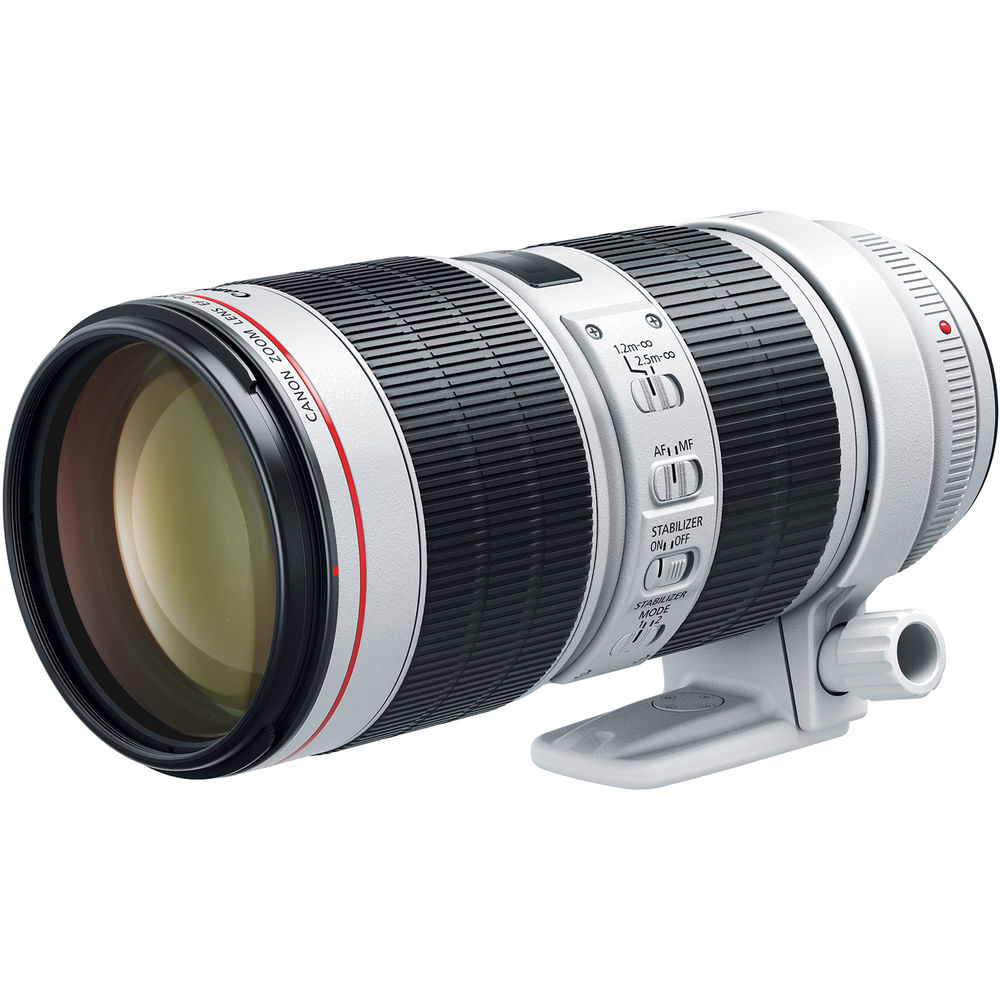
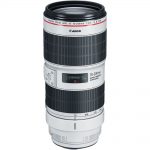




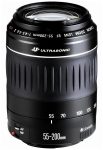

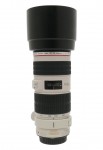
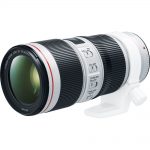



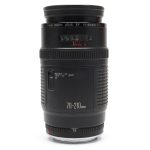

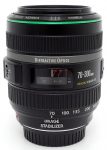

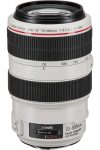
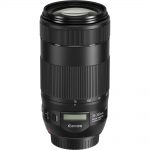




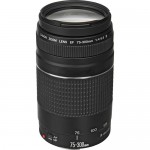

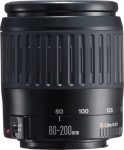

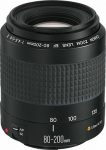





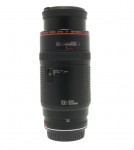

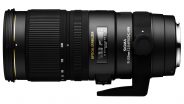
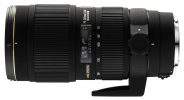
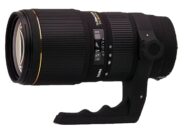
![Sigma 70-200mm F/2.8 APO EX DG [HSM]](https://lens-db.com/wp-content/uploads/2012/07/sig702001-184x102.jpg)
![Sigma 70-210mm F/2.8 APO ZEN [I]](https://lens-db.com/wp-content/uploads/2012/04/sigma-apo-70-210-28-07-94x150.jpg)
![Sigma 70-200mm F/2.8 APO EX [HSM]](https://lens-db.com/wp-content/uploads/2012/11/sigma-70-200-apo-ex-184x103.jpg)

![Sigma 70-210mm F/2.8 APO ZEN [II]](https://lens-db.com/wp-content/uploads/2012/10/s-l1600-36-73x150.jpg)
![Tamron SP AF 70-200mm F/2.8 Di LD [IF] Macro A001](https://lens-db.com/wp-content/uploads/2012/07/01-9-77x150.jpeg)

![Tamron SP 70-200mm F/2.8 Di [VC] USD A009](https://lens-db.com/wp-content/uploads/2012/09/tamron_70-200_f2-8vc-184x111.jpg)
